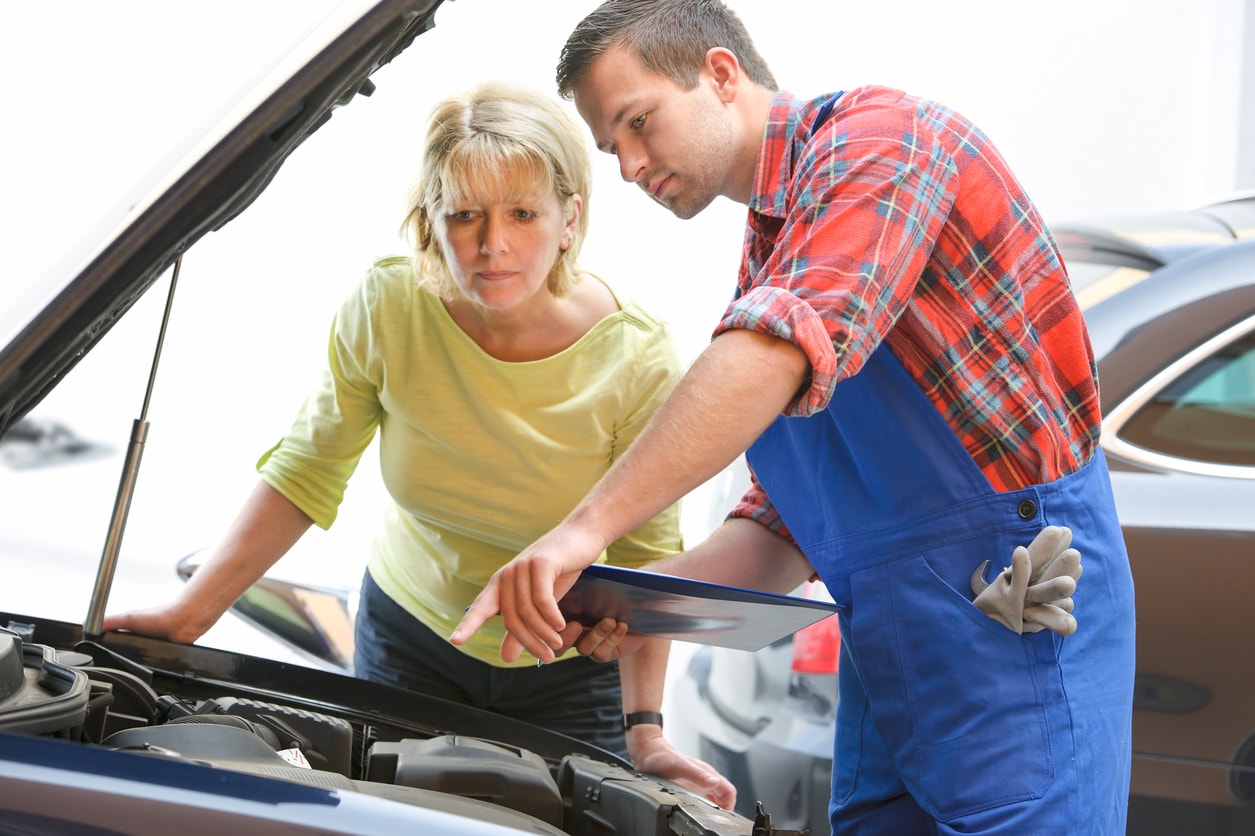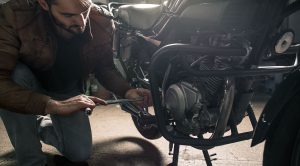
Auto Repair Costs Demystified – Understanding Quotes and Estimates
No matter if it is an older vehicle with significant issues or one with newer technology, repairs can be expensive. Replacing one of your car’s key safety components – like its frame – could prove prohibitively expensive.
Most shops employ flat-rate pricing, which estimates how long it would take a knowledgeable technician to complete a repair.
1. Parts
Auto technicians cannot always anticipate which parts will need replacing; parts may become an unexpected expense due to manufacturer defect or breakdown caused by age and road hazards.
Your choice of vehicle also plays an integral part in determining maintenance and repair costs. Newer cars tend to incur lower repair bills since most issues discovered during their initial years of ownership are covered under factory warranties.
As your mileage on your car increases, your repair and replacement expenses will also increase. A great way to manage these expenses is investing in an extended auto warranty policy which provides protection from unexpected repairs while giving peace of mind on long drives. Although its price may be higher than its market value, a payment plan can help spread out its expense over time and minimize out-of-pocket expenses.
2. Labor
Labor often makes up the largest portion of auto repair bills; yet its analysis and prediction can be dauntingly complex. A seemingly minor issue could turn into something much larger that requires extra parts and hours to fix.
Many shops charge a flat hourly labor rate that should be clearly noted on an estimate. Be wary of shops that try to hide this fee in other charges; therefore it’s crucial that you know your shop’s rate.
Shop owners can reduce labor costs by building relationships with suppliers and leveraging inventory management software to keep track of stock levels and optimize purchasing. Also keeping tabs on fixed expenses like rent, utilities, salaries and insurance will help manage unexpected expenses as they arise. Energy cost reduction can also be achieved with cost-effective lighting and insulation solutions as well as using programmable thermostats in their shop – these simple measures can have a dramatic impact on their bottom line.
3. Tires
Tires on any vehicle are one of the key elements to consider when estimating car repair costs, as your tire choice will have a profound effect on fuel economy, handling, and comfort. Before selecting tires for your car it is wise to evaluate your driving needs as well as types of roads you typically drive on as well as consulting professionals for advice.
Automobile repairs are an inevitable aspect of car ownership, but they don’t need to cause financial strain. By including repairs in your budget and gathering estimates for them early on, you can avoid unexpected or surprise expenses in the future. Furthermore, regular maintenance helps lower risk and keep your car running well for many years to come.
4. Fuel
Fuel costs can be an integral component of costly repairs, since your mechanic needs fuel to operate his repair equipment and transport it.
Car maintenance costs may not always be under your control, but unexpected expenses like fender benders, cracked windshields and engine issues can become an enormous financial strain. You can reduce these unexpected costs by setting aside funds in an emergency savings account or purchasing an auto warranty policy.
Experts attribute rising vehicle repair and maintenance costs during this pandemic era to various factors. Supply chain issues have resulted in shortages of certain components like microchips, increasing repair costs for modern technology-equipped vehicles. Meanwhile, car ages on the roads has increased, leading to more problems and repairs; and long-term trends like autonomous driving have caused prices to skyrocket further.



Average Rating